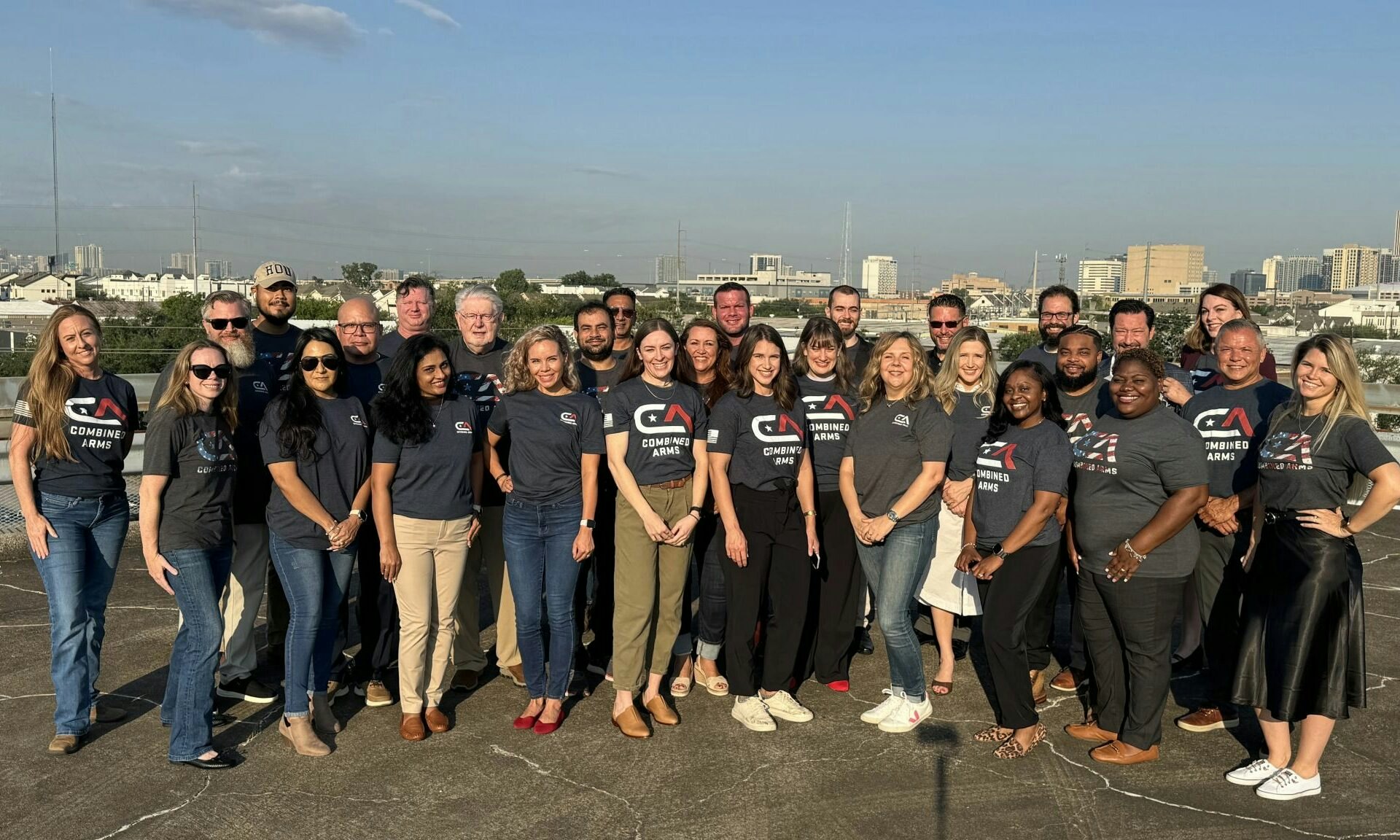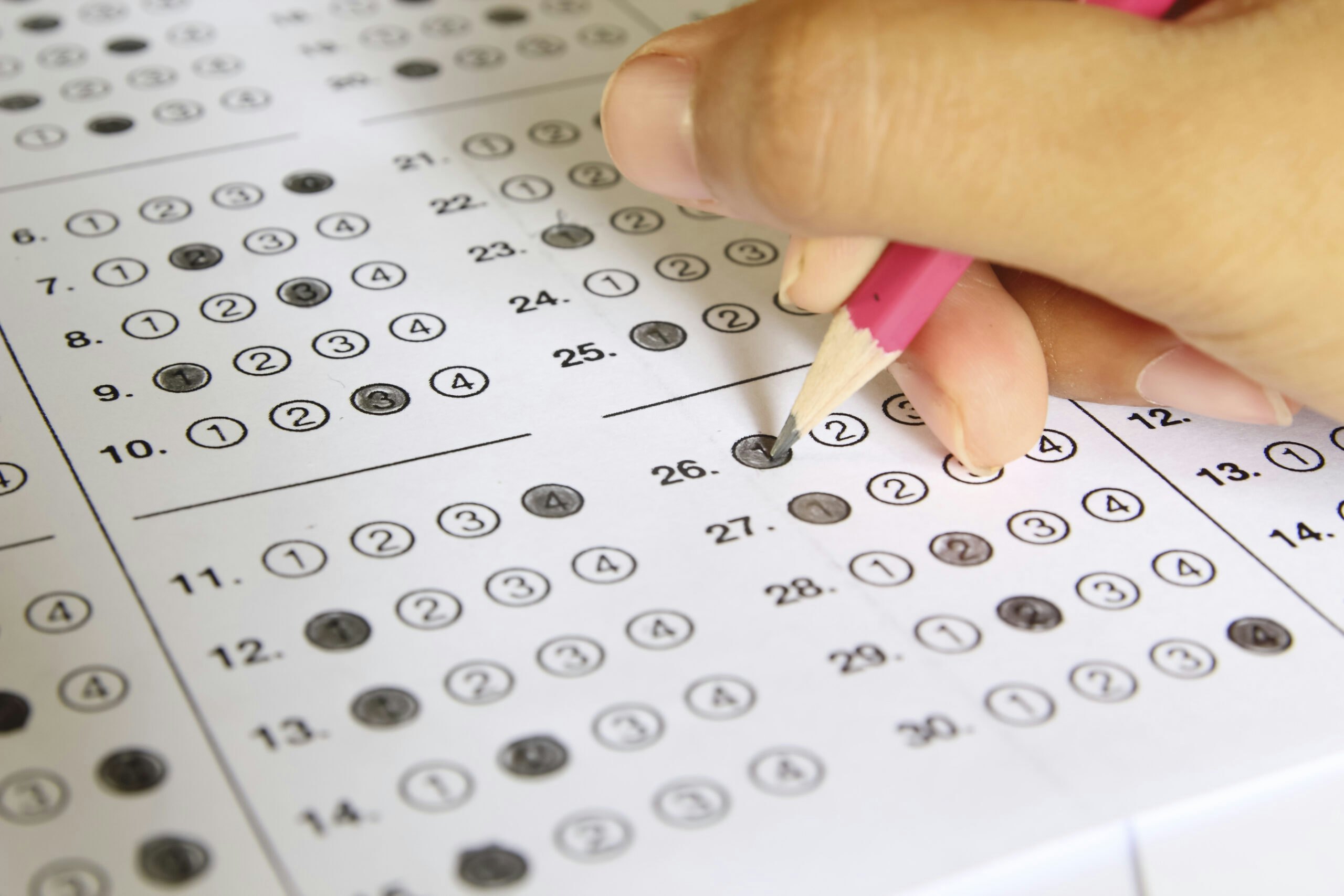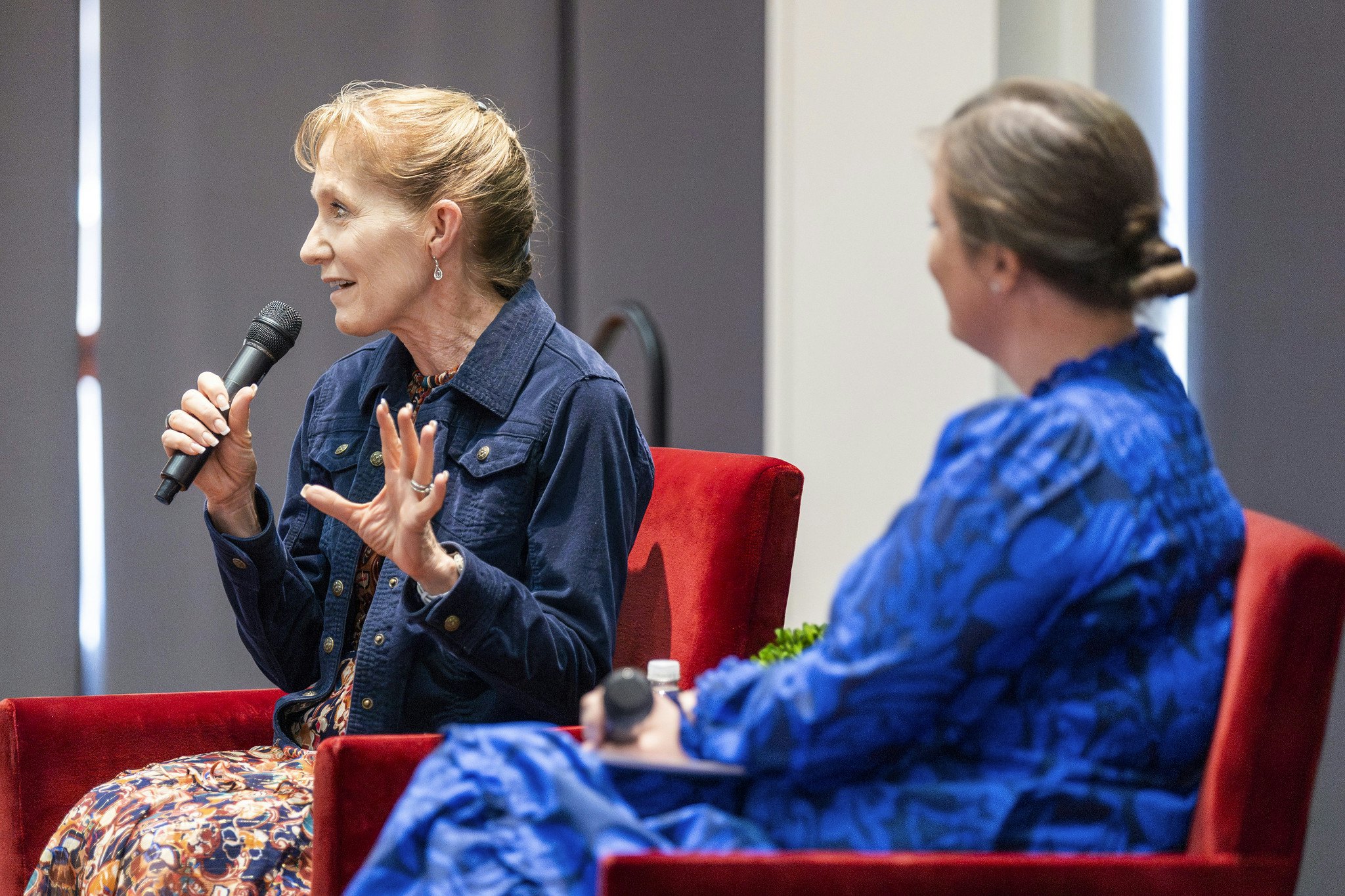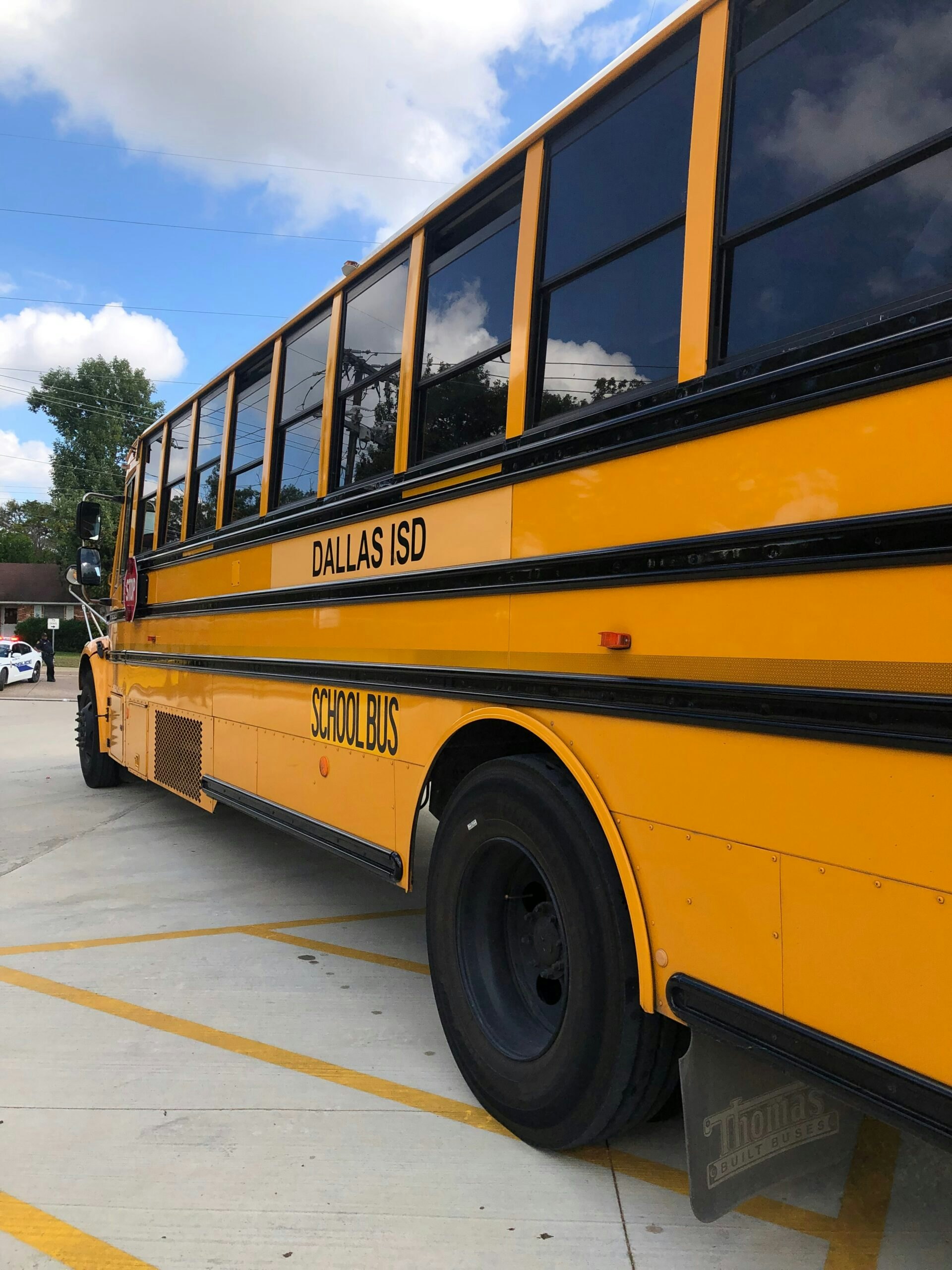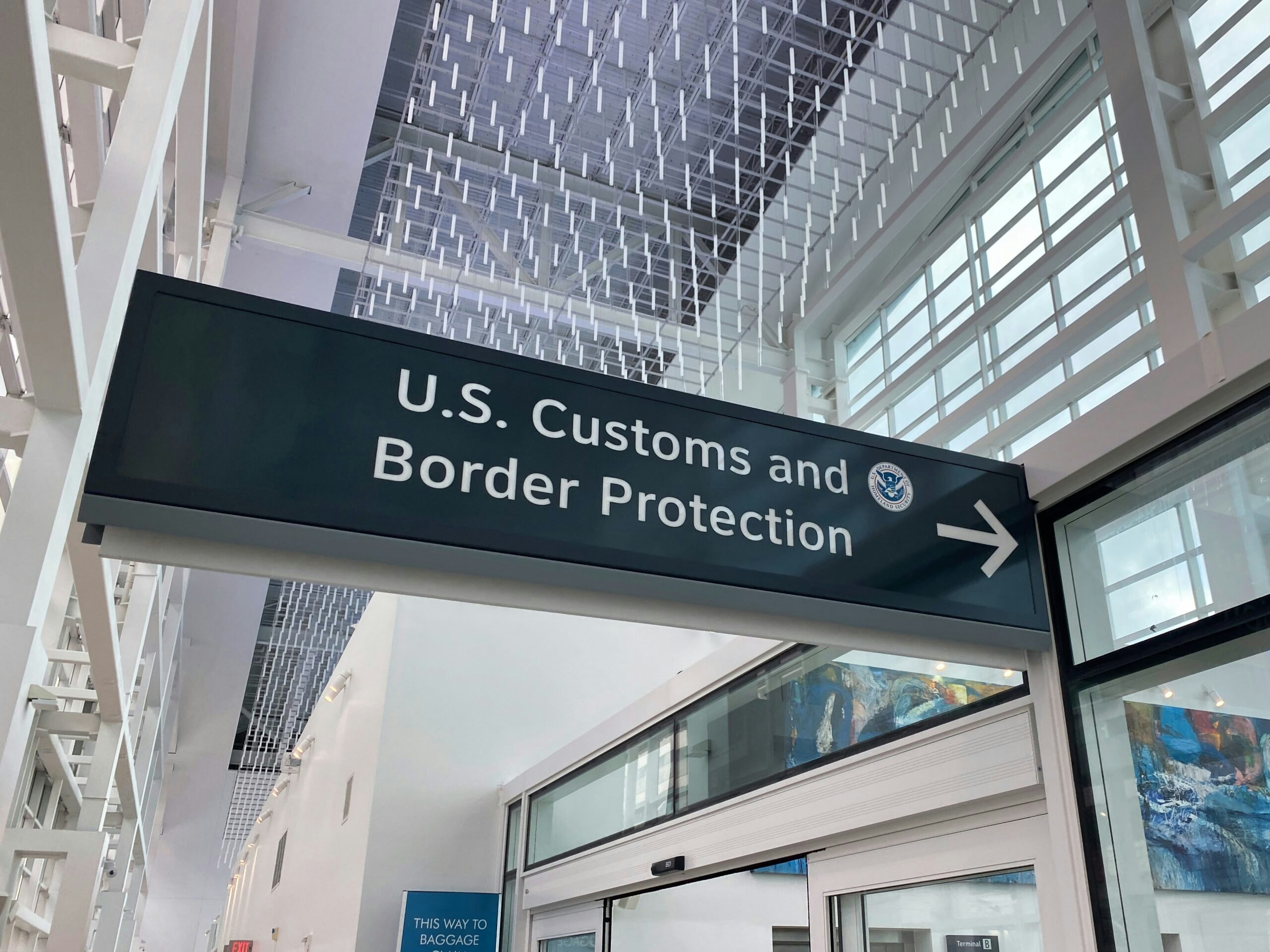Hear from three Stand-To Veteran Leadership Program Scholars on their work addressing mental health and suicide prevention in the veteran and military-connected community.
Aimee Johnson, 2019 Stand-To Veteran Leadership Program Scholar
Licensed Clinical Social Worker, Owner of Aimee J. Consulting
Impacting change and reducing suicide in the military and veteran communities has been my goal as a licensed clinical social worker. Every time we lose anyone to suicide, hundreds of others are impacted, and risk increases for many in that person’s life, including kids. Through years of working with service members, veterans, and their families in crisis, I have hope as I know people can survive.
Evidence-based treatments and recovery programs can work. We can take steps to protect ourselves and our loved ones, and my mission is to make sure that everyone knows this, including service members, veterans, their family members, and caregivers. Today, everyone can ask themselves important questions:
- Do I need any help with my mental wellness? Do my buddies and loved ones need any help? Don’t wait; reach out.
- Have I talked to my kids about what they can do if they ever have thoughts about self-harm, hopelessness, or pain?
- Do I promote sobriety and recovery? Do I need to find support for substance use or know someone who does?
- Where do I securely store my firearms? Is the ammunition separately and securely stored? Where can I store out of my home securely to protect myself and family from suicide?
- Have I saved the new national crisis line in my phone and shared it with others? Dial 988 and press 1 for veterans.
Why do you do this work?
Watching someone work through a crisis and find the miracle of recovery is powerful. People in suicidal crisis don’t want to die; they want the pain they are experiencing to end. They don’t want to put their kids, families, and buddies at risk. Once I experienced repeatedly walking with or talking with someone through their crisis, I knew that was my calling. Losing someone at a young age myself to firearm suicide always left me with motivation to do more. My values are human values — the same values that led my family to have a second chance thanks to American service members who liberated my grandfather and his brother from the depths of evil in the Holocaust. The least I can do is dedicate my life to be of service to my family and to others. Every day I have time to spiritually reflect and ask myself what more I can do. I know our entire country can do more to save lives.
Duane France, 2018 Stand-To Veteran Leadership Program Scholar
Co-Director of SAMHSA Veteran Inclusive Technical Assistance Center
After retirement from the Army in 2014, which included five combat and operational deployments, I became a clinical mental health counselor supporting service members, veterans, and their families in Colorado Springs, Colorado. While attending the Bush Institute’s Stand-To Veteran Leadership Program, I was serving as the Director of Veteran Services for a large private outpatient clinic that specialized in outpatient mental health treatment for the military-affiliated community. I was also leading a 501(c)3 nonprofit that was associated with the clinic, providing grant-funded outpatient therapy to veterans and their spouses that were experiencing barriers to care.
In addition to my direct clinical work, I also began to write and speak about mental health in the military affiliated population, through a website, book series, and numerous podcasts — to include a consulting role on a special edition of the G.I. Joe comic book series addressing peer support and suicide prevention, as well as partnering with Military Times to produce a limited series podcast called Seeking the Military Suicide Solution. Both the issue of the GI Joe comic and the podcast were recognized with the 2021 SAVE Award for Excellence in Reporting on Suicide. I also became involved in developing and establishing suicide prevention coalitions at the local and state level and advocacy on behalf of mental health and veterans’ issues at the state and national level.
In September 2022, I joined SAMHSA’s Service Members, Veterans, and their Families Technical Assistance Center (SMVF TA Center). I co-lead a team that manages the TA center on behalf of SAMHSA, and we are partners with SAMHSA and the VA Office of Suicide Prevention in supporting the VA’s Governor’s Challenge to Prevent SMVF Suicide. We provide strategic planning and support to states and communities across the Nation as they develop SMVF suicide prevention and behavioral health and wellness coalitions.
Why do you do this work?
My father and three of his brothers were combat veterans, all of them having served in Vietnam between ’67-’70; I grew up experiencing a wide range of long-term impacts of combat exposure without being a part of the military lifestyle. Independent of my father’s military service, I joined the Army after high school and soon decided to make it a career. After serving two tours in Germany, three years with the 82nd Airborne Division and three years on Recruiting Duty, I deployed to Iraq in 2006 as part of the initial Iraq Surge. I soon realized that the young men and women of this current conflict were going to return home and experience the same things that my father and his brothers experienced — the good and the bad. That motivated me to pursue mental health as a post-military career.
Many service members, veterans and military family members have a number, and that’s the number of people they served with that they’ve lost to suicide. I have had six people I’ve served with die by suicide and recognize that it is one of the most critical issues facing our military affiliated population today. Suicide is not necessarily a problem to be solved by itself. A suicidal crisis is an indicator of other underlying problems, which include every aspect of programs that my fellow Veteran Leadership Program Scholars are addressing. My goal and my hope, is to be able to help others to recognize when someone is in crisis, have the resources to support them or refer them to appropriate support, and to improve the lives of those who served and those who care for them in order to remove suicide as an option.
Abby Malchow, 2018 Stand-To Veteran Leadership Program Scholar
Senior Business Development Manager for Amazon’s Small Business Empowerment Team
My work in mental health and suicide prevention began in 2014 when I was one of 22 veterans selected to advocate on behalf of Iraq and Afghanistan Veterans of America (IAVA) for the Clay Hunt Suicide Prevention for America’s Veterans Act. I was able to garner support for the legislation from over 60 congressional leaders and the Clay Hunt SAV Act was signed into law on February 12, 2015 by President Obama. I continued to be an advocate for IAVA, specifically for the Deborah Sampson Act to expand access to care and services for women veterans.
In 2018 I applied and was selected for the inaugural cohort of the Bush Institute’s Stand-To Veteran Leadership Program where my personal leadership project focused on providing targeted intervention for veterans displaying self-injurious thoughts and behaviors (SITBs) on social media through leveraging machine learning (ML) models. In 2020 I led a project in collaboration with the Amazon Web Services ML team and Rally Point where we built a ML model for Rally Point, so users indicating SITBs could be automatically detected and connected to specialized resources, trained peer support, and other Rally Point users.
More information on the project is available here.
I also led other veteran suicide prevention efforts for Amazon’s Global Military Affairs team to include establishing partnerships with PREVENTS and Stop Soldier Suicide. In 2021, I helped launch Mental Health and Well-Being (MHW) as Amazon’s newest Affinity Group (AG) for which I currently serve on the Global Board of Directors for leading our corporate strategy.
Why do you do this work?
After returning from Iraq in 2006, I discovered my squad leader dead from suicide in our warehouse where he had hung himself. This trauma was extremely difficult for me to process as he didn’t seem to be suicidal, but it wasn’t until after he killed himself that I noticed the signs.
Just two months after this happened, my best friend JB started demonstrating suicidal behavior and called me one day to say goodbye. I was completely frantic and tried to call him back but his phone was disconnected. He was in LA, I was in San Diego, so I called the command to report it, however no one believed me when I said he was going to kill himself. I also called our mutual friends in LA who went looking for him, and I also called 911 but they couldn’t help. Finally, the police called me to say they found his car set on fire, but JB wasn’t in the car. That’s when I knew things were dire because he LOVED his Mustang. Just a few hours later the police called again to say they found JB dead in a parking garage where he had hung himself.
These traumatic losses and my own PTS diagnosis is what leads me to be a passionate advocate for mental health and suicide prevention, especially as I have struggled with suicidal ideation myself.
Help is available. Anyone experiencing thoughts of suicide or needing to talk with a crisis counselor can reach out 24 hours a day, 7 days a week. Dial 988 and press 1 for veterans.



